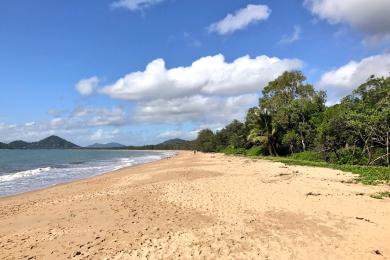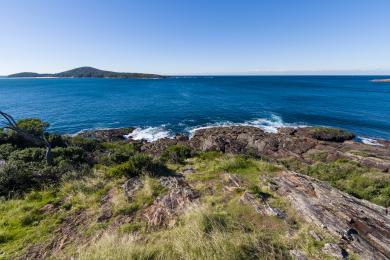Overview
The Tawny Nurse Sharks are characterized by their robust, cylindrical bodies, with a broad, flattened head and a short, blunt snout. Their coloration is a distinctive tawny brown, often with darker blotches or saddles along their back and sides. Unlike other nurse sharks, the Tawny Nurse Shark lacks the prominent barbels (fleshy appendages) around their mouth. They also have a unique dorsal fin shape, with the first dorsal fin being much larger and more triangular than the second.
Commonly found in:
- Australia
- Indonesia
- Malaysia
- Philippines
- Papua New Guinea
- South Africa
- Mozambique
- Madagascar
- Seychelles
- Mauritius
- Comoros
- Maldives
- Sri Lanka
- India
Over the past 12 years, there have been 4 recorded attacks by Tawny Nurse Sharks. Of these attacks, they have occurred at sea and at the following beaches:
Size and Weight
- Size: Males average between 7-8.2 feet when mature; females average between 7.5-9.2 feet when mature
- Weight: Males typically weigh 170-220 pounds; females typically weigh 200-270 pounds
- Swimming speed: 1-2 mph
Interaction with Humans
- Interaction with Humans: Generally docile and non-aggressive
- Avoidance: Stay out of shallow coastal waters at night
- Activity: Nocturnal, most active at night
Lifespan and Diet
- Lifespan: 25-30 years for both males and females
- Diet: Feeds on small fish, mollusks, and crustaceans; hunts by sucking prey into its mouth
Migratory Patterns
Tawny Nurse Sharks are generally non-migratory and tend to stay within their preferred habitats. They are known to make local movements within their home ranges but do not undertake long-distance migrations. These sharks are typically found in coastal waters around coral reefs, rocky areas, and sandy bottoms in the Indo-Pacific region, including countries such as Australia, Indonesia, and various parts of East Africa.



